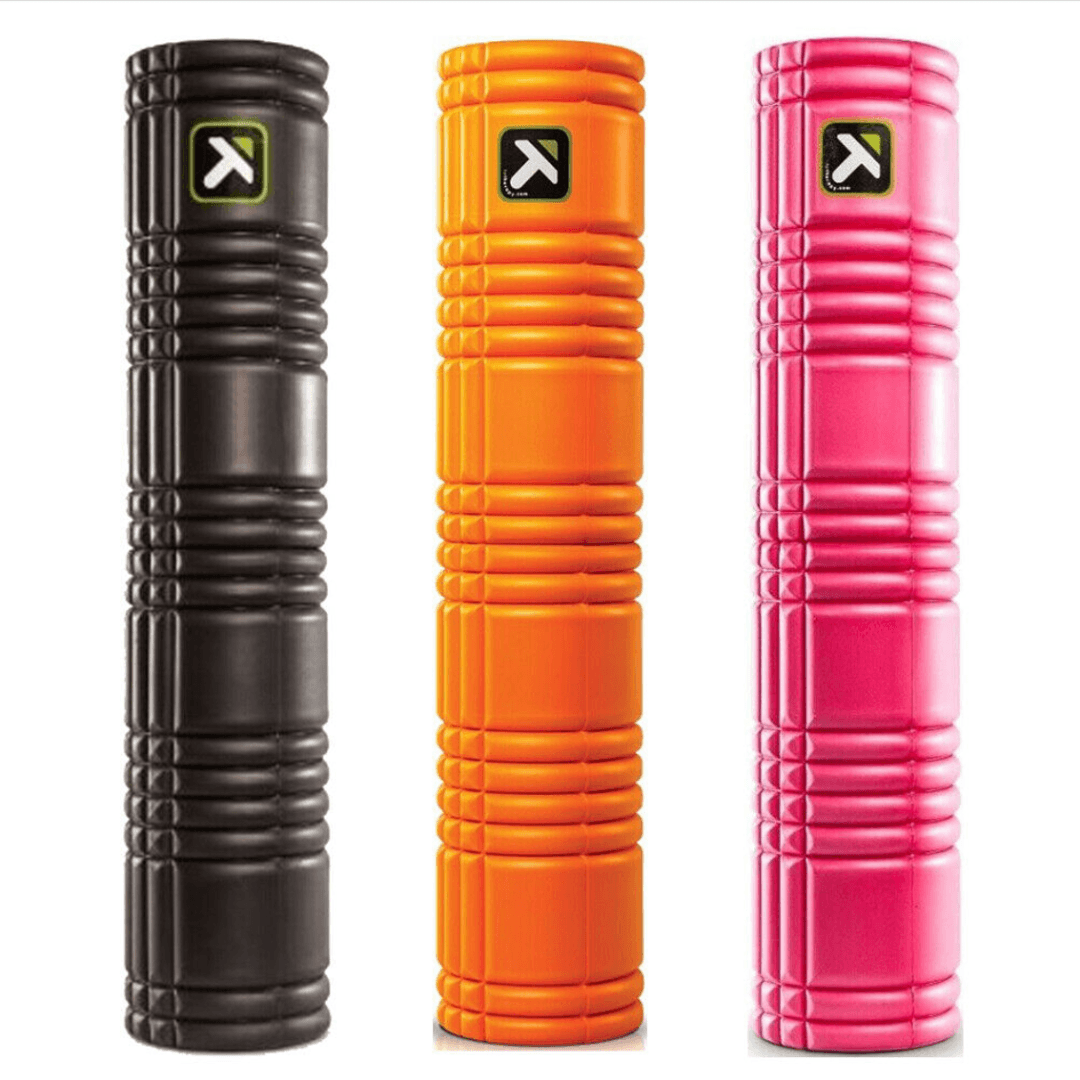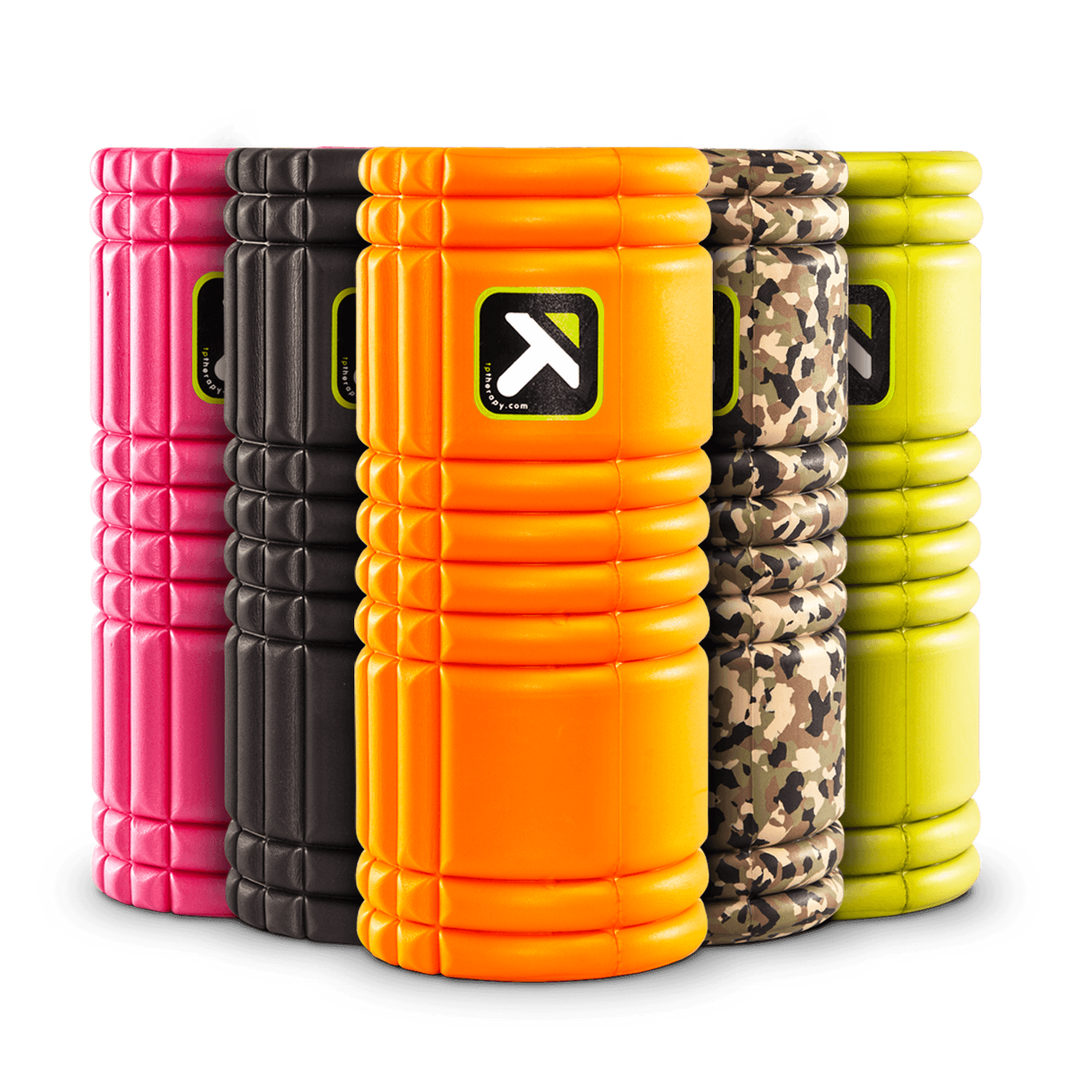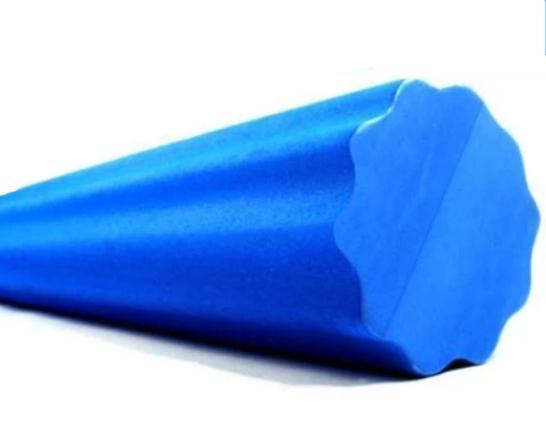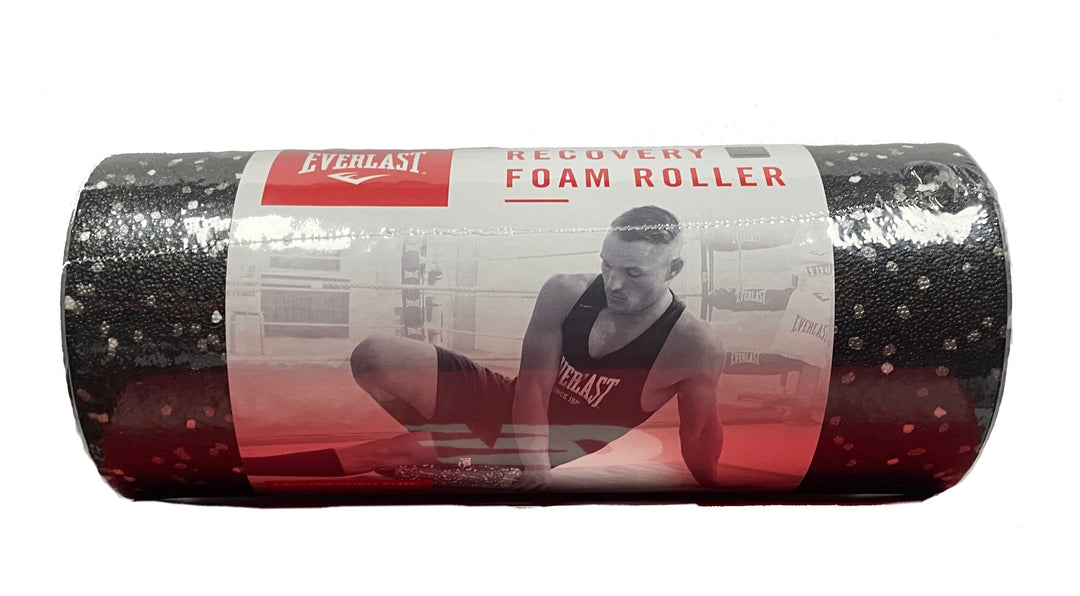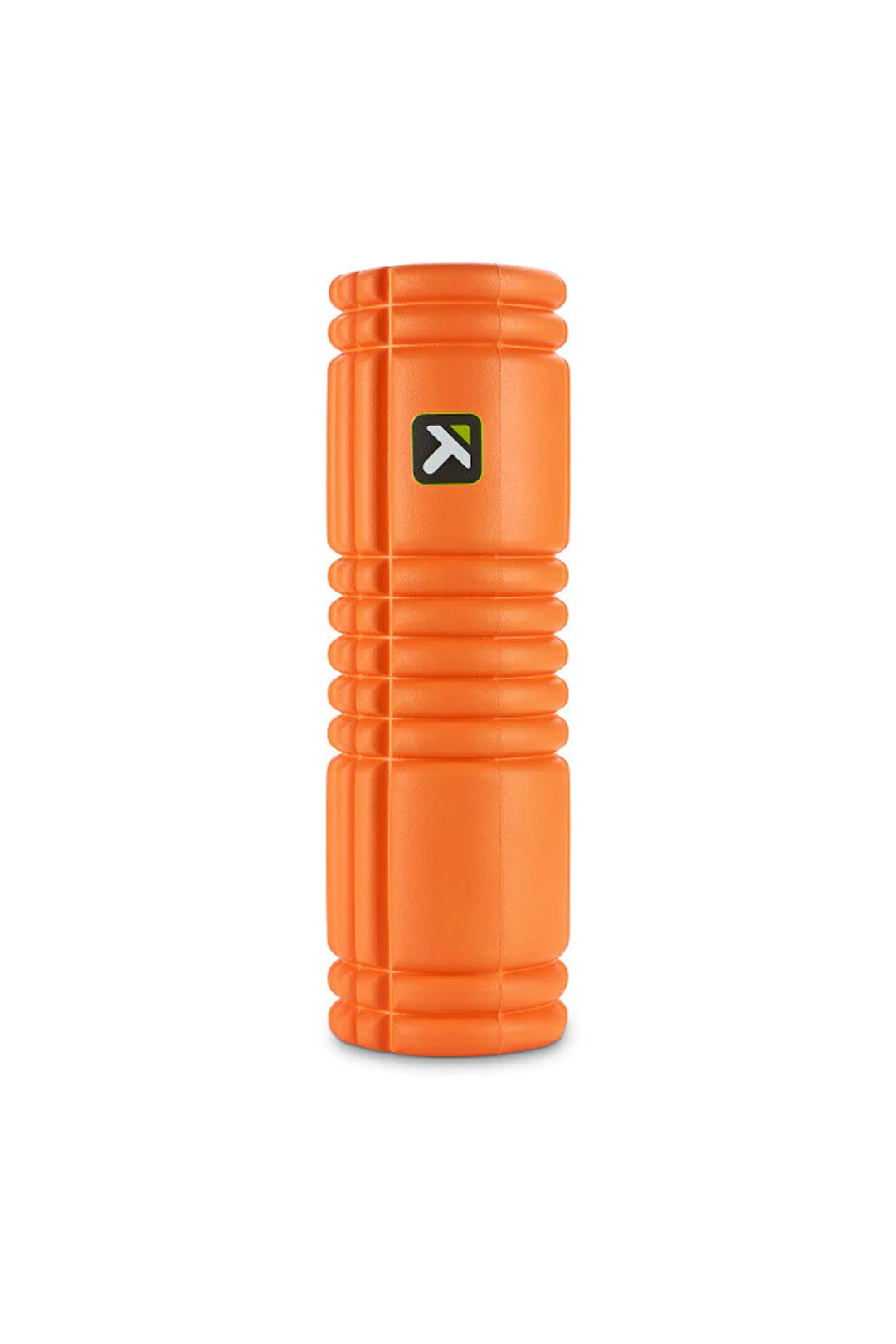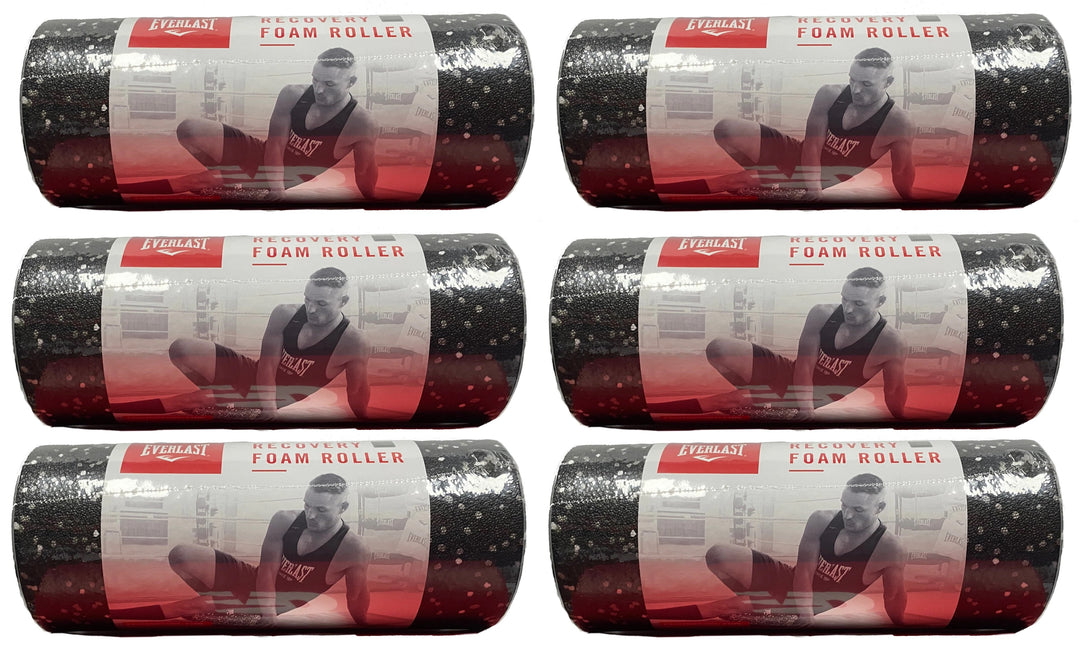Foam Rollers for Recovery, Flexibility & Performance
Stretching is one of the most crucial yet often overlooked components of any fitness routine. Essential for maintaining muscle health, reducing injury risk, and improving joint mobility, proper stretching should be part of every workout. Our premium range of foam rollers makes it easy to prioritise recovery and flexibility, helping you warm up or cool down more effectively.
Why Use a Foam Roller?
Foam rollers are powerful tools for self-myofascial release. When used correctly, they help reduce muscle soreness, improve circulation, and assist with faster recovery post-exercise. Targeting tight areas after intense workouts can also improve future performance by reducing stiffness and increasing range of motion.
Incorporating foam rolling into your warm-up and cool-down routines can boost flexibility and help prevent injuries. Combined with regular stretching, foam rollers are a must-have for anyone serious about fitness, mobility, and long-term performance.
Find the Best Foam Roller for Your Needs
At World Fitness Australia, our foam roller collection includes a variety of options to suit every training style. Choose from standard-length foam rollers, compact mini rollers for isolated muscle targeting, or multipacks to cover all bases. We also offer massage balls for precision relief in hard-to-reach areas like hips, glutes, and shoulders.
Whether you're a beginner or an elite athlete, our foam rollers support better recovery and performance. Start integrating one into your routine today for better mobility and fewer sore days between workouts.
Explore our full collection of foam rollers online and take your recovery to the next level. We also stock a wide range of complementary recovery tools, including power and resistance bands to supercharge your warm-ups, cool-downs, and mobility training sessions.
Foam Roller FAQs
Yes, foam rolling is highly effective for reducing muscle soreness. It works by applying pressure to trigger points and releasing tension, helping your muscles recover faster after exercise. Improved circulation and myofascial release techniques promote healing and reduce tightness.
Choose your foam roller based on your goals and available space. A full-length roller (90cm) is ideal for large muscle groups and full-body work. Shorter rollers (30–45cm) are portable and great for smaller areas or travel. Consider your storage needs and muscle focus when selecting a size.
Foam rolling can be done daily, especially for tight or sore muscles. For general maintenance, 3–4 sessions per week are usually sufficient. Always listen to your body and adjust frequency based on your training intensity and recovery needs.
Yes, you can target different muscle groups with specific foam rolling techniques. Common movements include rolling the quads, hamstrings, calves, glutes, and upper back. Focus on tight areas and roll slowly for 30 seconds to 2 minutes per muscle group for optimal results.
Absolutely. Foam rolling is beginner-friendly and easy to incorporate into any routine. Start with a soft roller to get used to the pressure and gradually transition to firmer rollers as your body adapts.
Yes, regular foam rolling improves flexibility by increasing muscle elasticity and breaking up adhesions. It enhances circulation and loosens tight muscles, especially when combined with dynamic or static stretching.
Foam rolling is safe when used correctly, but avoid rolling over bones, joints, or areas of sharp pain. Excessive pressure can lead to bruising or irritation. Always use controlled movements and focus on muscle tissue only.
Alternatives include massage balls, massage guns, and handheld myofascial tools. These are great for smaller muscle groups and targeted areas that a foam roller may not easily reach.
Most people can begin foam rolling on their own, but if you're dealing with injuries or health conditions, it's wise to consult a physiotherapist or fitness professional for guidance on proper technique and safety.
Yes, foam rolling helps reduce fatigue, enhance muscle recovery, and improve flexibility—all of which can contribute to better athletic performance. It also helps prepare your muscles for intense activity and can reduce your risk of injury post-training.

